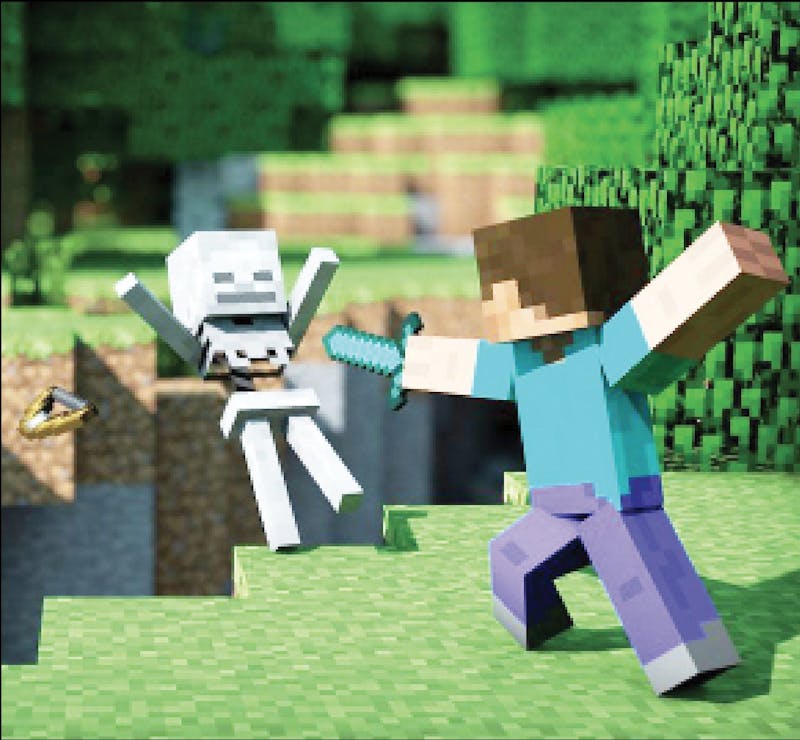“May the odds be ever in your favor.”
These are the words that greet the tributes that are chosen as the “lucky” ones to represent their home districts in Panem.
In this futuristic world, where a place called the United States once was, those in charge, President Snow and the entire Capitol, run the show.
These 24 teenagers (a male and a female from each district) fight against one another until eventually, only one comes out victorious.
I personally find “The Hunger Games” a thought-provoking and an interesting look at futuristic societies.
Basically, a dictator calls the shots and tries to keep control of its people by, basically, enforcing their authority and demonstrating their ability to take their children and make them fight for the amusement of The Capitol and the wealthy bourgeoisie.
Each of the 12 districts of Panem has a specialized industry.
These make the districts unique, but it also keeps them cut-off from one another and basically dependent on the others.
Unfortunately though, this means that some of the districts suffer. In this way, if one district rebels, as The Capitol worried they might, the others will suffer. In theory, it would take all of them in order to rebel against them.
Interestingly enough, the viewer’s and readers of “The Hunger Games” are the 1 percent.
Just like the wealthy few who watch the games, we are watching the games proceed and rooting for who we want to win, and therefore kill the other teenagers.
Without the ability to do anything, we are just as bad as The Capitol. We want our heroine, the female tribute from District 12, Katniss Everdeen, to win.
What I find disturbing about this whole thing, is the reaction to the story.
It has been in the news that several people on Twitter and social media outlets have called “The Hunger Games” a “racist” movie because they had two big characters, Rue and Thresh, as African- American.
The whole thing is sad to me because in the books, if they would take the time to look into something before making rash statements, Rue is described as having “dark skin” and Thresh, having similar skin color.
It is not an insult, the movie makers are simply staying with the book.
Another reaction to the film, which I experienced first-hand, was the narrow defining of the story.
Many have said that the story is for “teenagers” and it deters them from reading the book or viewing the movie.
This is frustrating because if anything, this book should be looked at from all different walks of life and analyzed for its societal and psychological content.
What brought it to this point? Could we become so single-minded that we cannot see human suffering in front of us as anything but entertainment? Does anyone remember “Gladiators?”
Also, I have heard comparisons of the story to “Twilight.”
The only thing I can see that compares the two, is that there is somewhat of a love triangle within the story, but it is definitely not the same as the ones in Stephanie Meyer’s novels.
While the main female character in “Twilight” spends long paragraphs devoted to deciding and changing her mind, Katniss ignores their advances in the beginning.
If anything, she is more focused on family and staying alive than anything else.
Near the end of the novel, things begin to change.
This is noted as Katniss’ friend and fellow tribute from District 12, Peeta Mellark states, “I’m more than just a piece in their games.”
There is more that meets the eye in these novels and I cannot wait to see what else is in store for those who follow “The Hunger Games.”
But without seeing the novel for what it could be, Suzanne Collin’s novel about injustice and the power of perseverance might as well just be another “young adult dystopian novel” collecting dust on the shelf, especially if nothing can be gained from it.


The Slate welcomes thoughtful discussion on all of our stories, but please keep comments civil and on-topic. Read our full guidelines here.